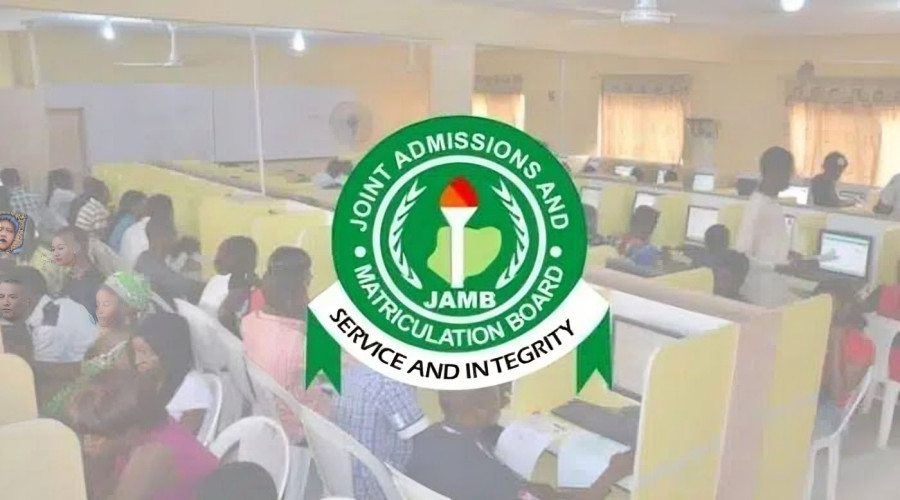Building Your Career: A Guide to Crafting a Strong Resume and Cover Letter

24
Sep
Building Your Career: A Guide to Crafting a Strong Resume and Cover Letter
As a university student, writing a compelling resume and cover letter is essential for securing your dream job. These documents serve as your first contact with potential employers, highlighting your skills, experiences, and qualifications. The next few paragraphs will guide you on creating effective resumes and cover letters:
Crafting a Powerful Resume
1. Choose a Clear Format and Font
Consider using a reverse chronological format or a functional format if you have gaps in your work history or you are switching careers. Font style and size you can choose are Arial (size 10) or Times New Roman (size 12).
2. Highlight Relevant Skills
Write a good career objective (recommended for fresh graduates) or professional summary (if you have years of experience in the field). Make your skills stand out in your resume and ensure they align with the job requirements. Remember to quantify your achievements (e.g., "Reduced churn rate by 20%").
3. Showcase Your Experience
Include your academic achievements, internships, part-time jobs, or volunteer work. Tailor your experience to the specific job you are applying for.
4. Use Action Verbs
Begin each bullet point with strong action verbs to highlight your accomplishments (e.g., "Managed," "Achieved," "Developed"). Avoid passive voice as much as possible.
5. Proofread Carefully
Ensure your resume is top-notch in terms of grammar, spelling, and punctuation. Ensure you maintain regular font style and size as well.
Writing a Compelling Cover Letter
1. Personalize Your Letter
Address the letter to a specific individual, if possible. Research the company and the job description on LinkedIn or Google to tailor your letter to their needs.
2. Hook the Reader
Start with a strong opening that grabs the recruiter’s attention. Briefly mention how you learned about the position and why you are interested.
3. Highlight Relevant Skills
Clearly explain how your skills and experiences matches the job requirements. Use specific examples to demonstrate your abilities.
4. Close with a Strong Call to Action
Restate your desire to get the role and request an interview. Thank the reader for their time and consideration.
Additional Tips
1. Aim for a one-page resume and a concise cover letter.
2. Incorporate relevant keywords from the job description into your resume and cover letter to increase your chances of passing through applicant tracking systems (ATS).
3. Ask a friend, mentor, or career counselor to review your resume and cover letter for feedback and suggestions.
4. Customize your resume and cover letter for each job application to highlight the most relevant skills and experiences.
By following these guidelines and investing time in crafting a strong resume and cover letter, you will boost your chances of landing your dream job. Remember, your resume and cover letter are your first contact with the employer, so make it worthwhile!




